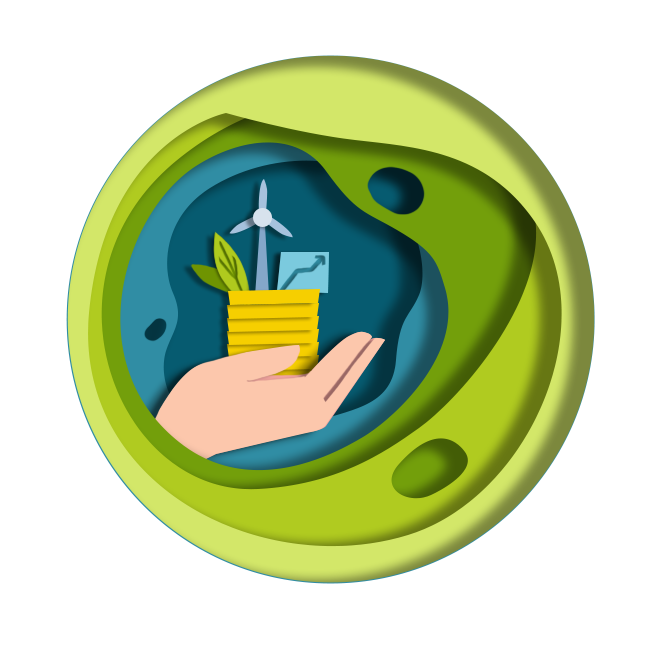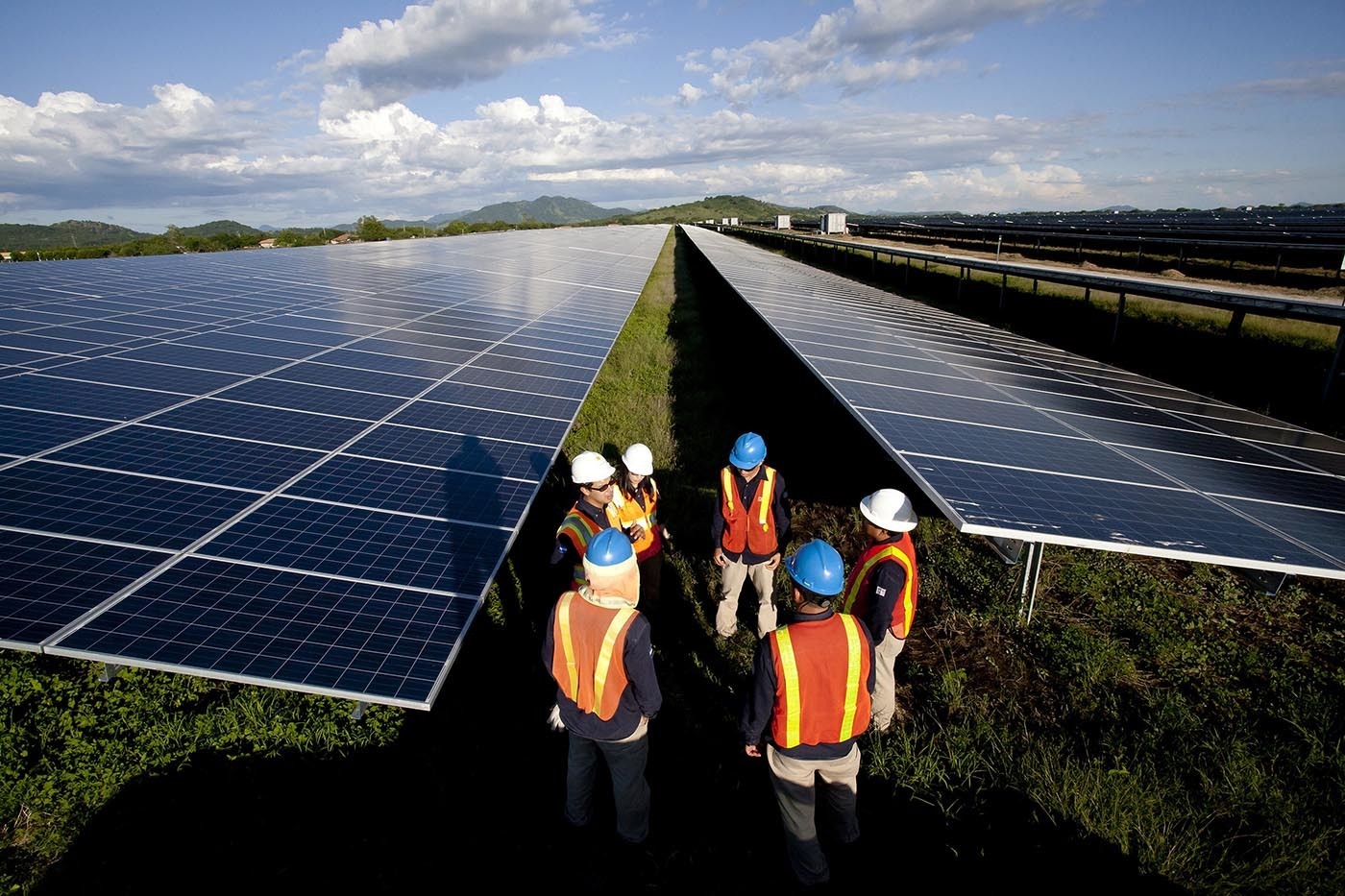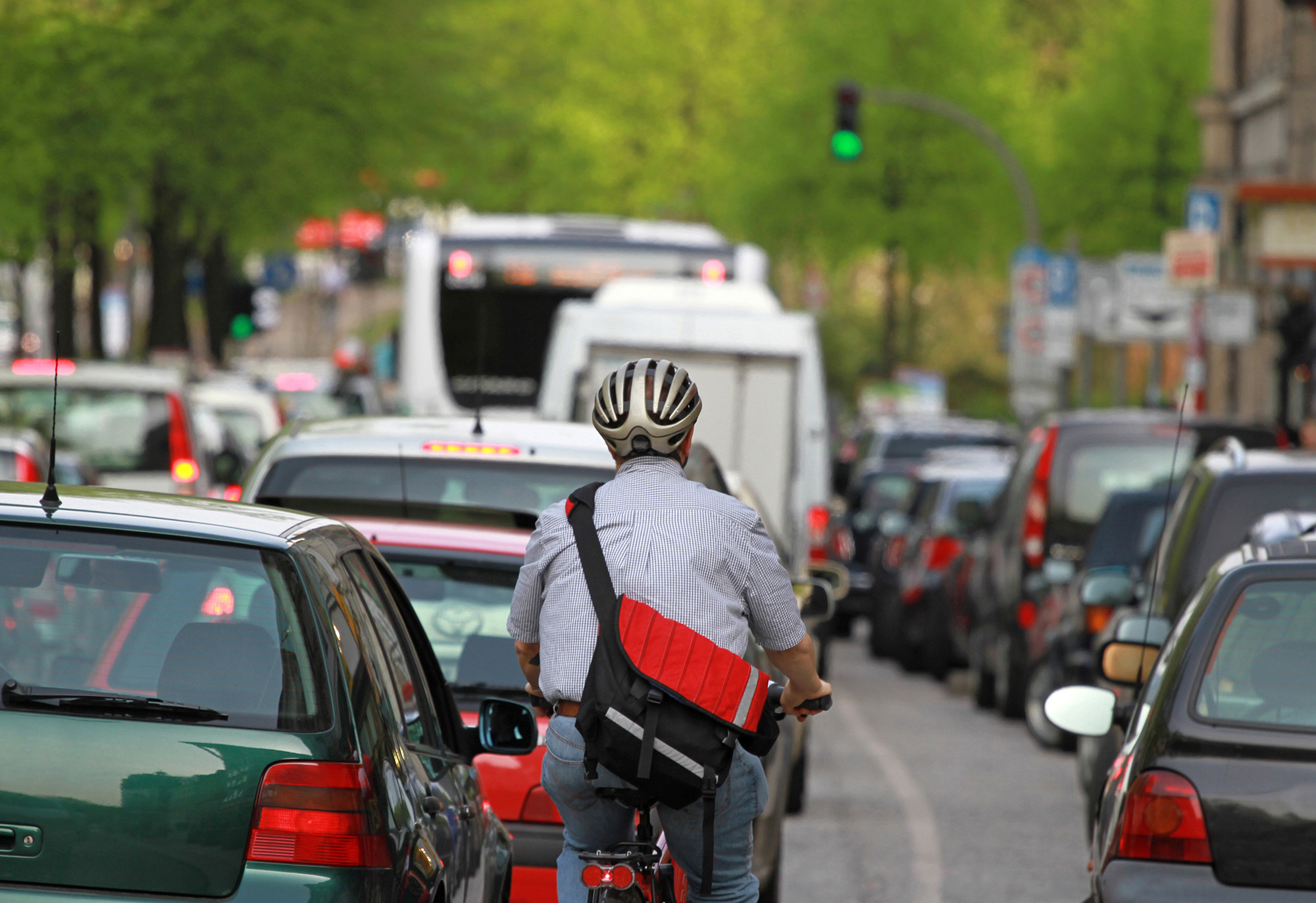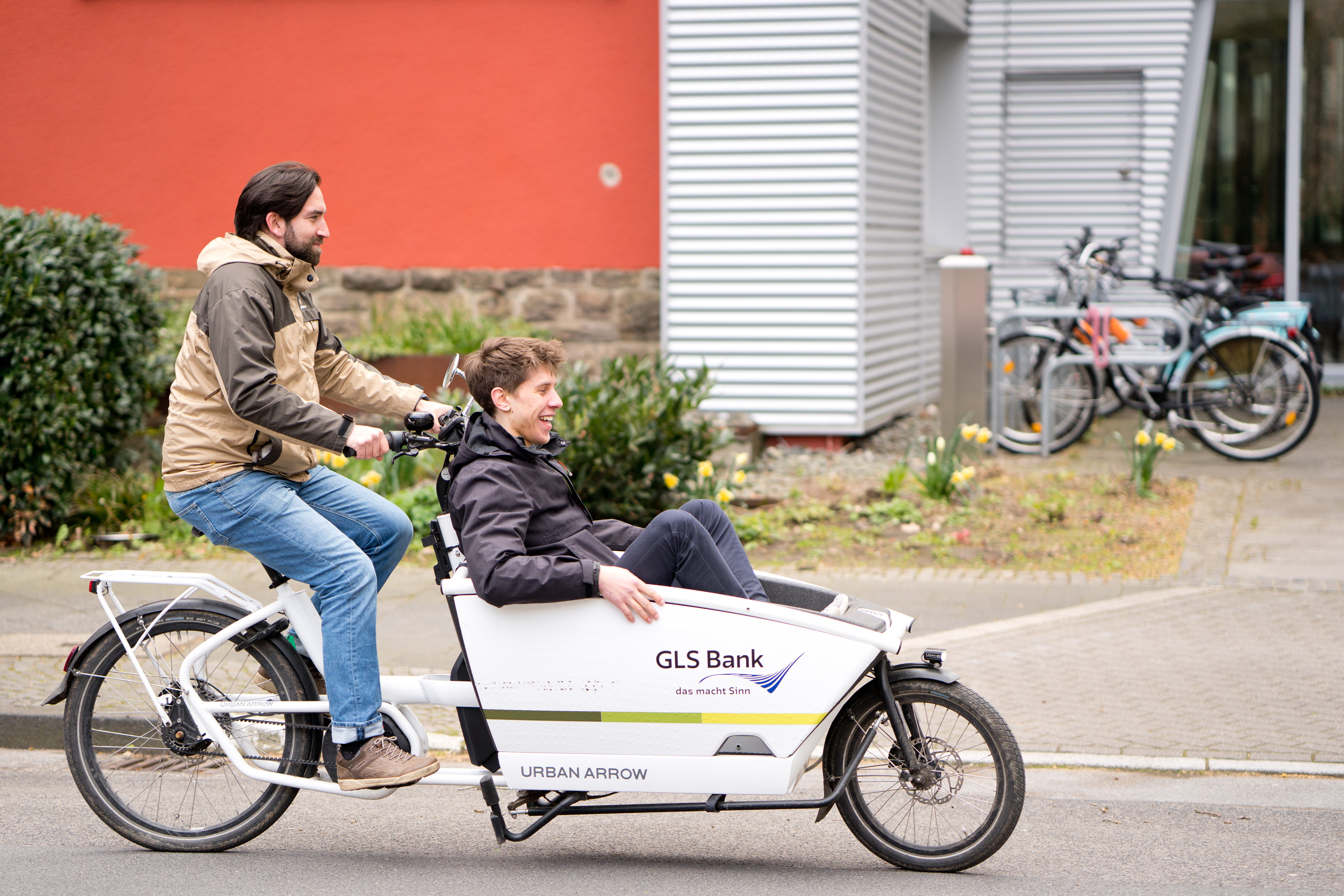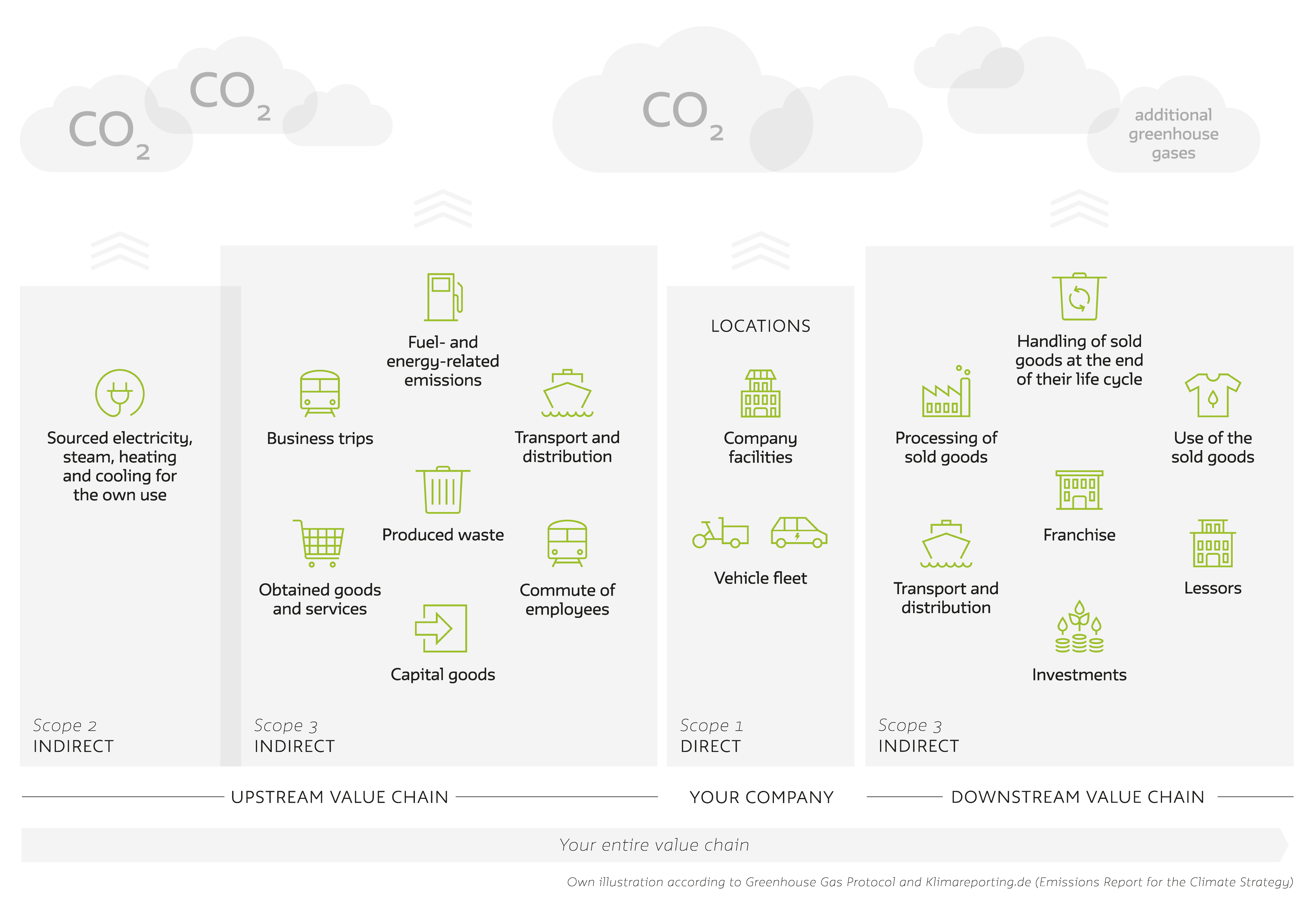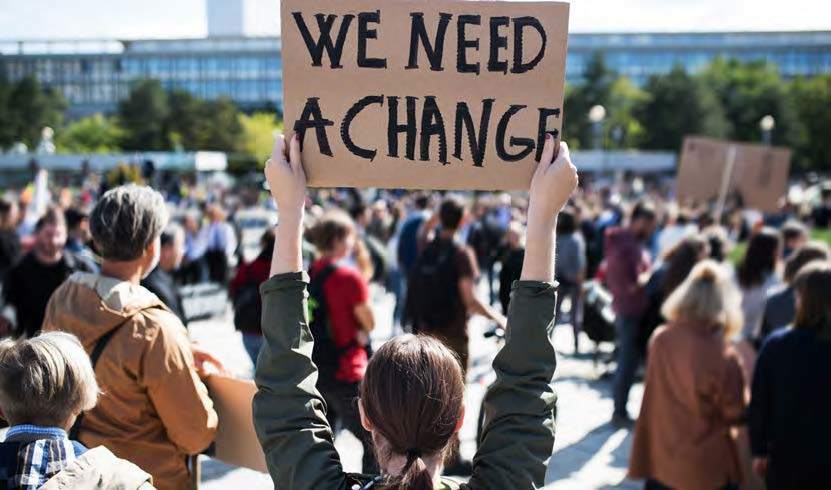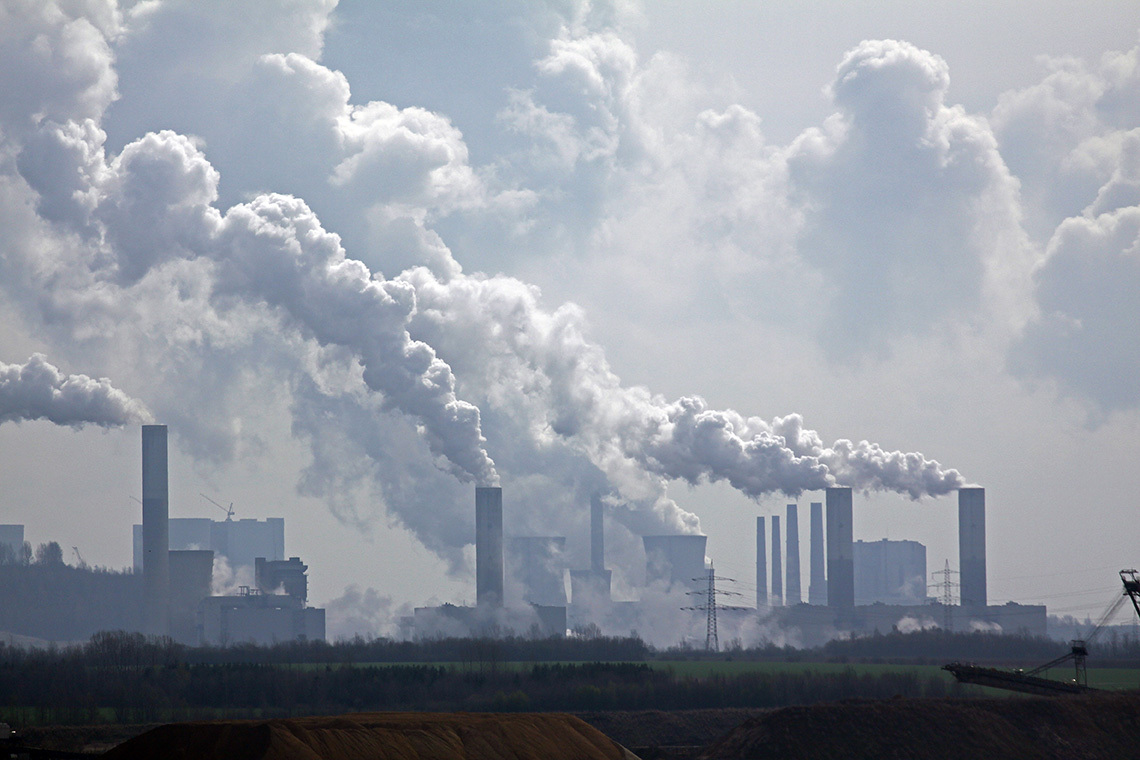We understand the value NATURE to represent all naturally occurring renewable and non-renewable resources. From water to wood to breathing fresh air, nature forms the basis for all life and all economic activity. In addition to material resources, nature also provides non-material and regulating ecosystem services, such as climate regulation, through which life on earth becomes possible in the first place. However, by overexploiting natural resources, humanity is endangering the nature’s stock: forests are shrinking, oceans are acidifying, soils are degrading and climate is changing. In its mission statement, the GLS Bank has committed itself to the protection of our natural resources. It fulfils this commitment in particular in its lending policy, as loans represent the core business of GLS Bank, and in the management of its business operations. We show how our everyday banking operations, including all financial activities, depend on nature, and what our impact is.
Division of Nature into its foundations
As part of our sustainability report, we first divide NATURE into four areas: Atmosphere, Biosphere, Soil, Water. This enables us to provide a holistic picture of our impact on and dependency from nature.
